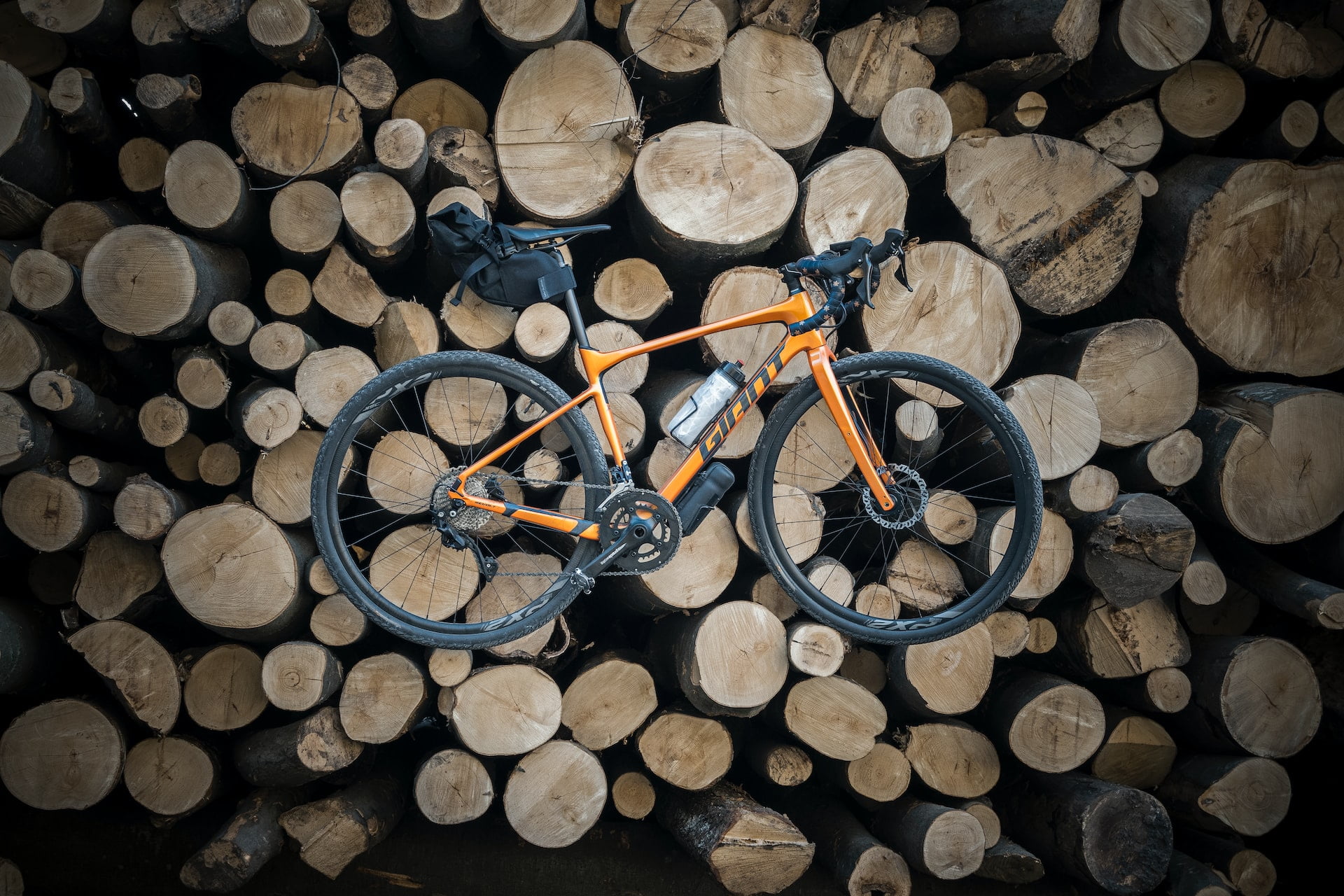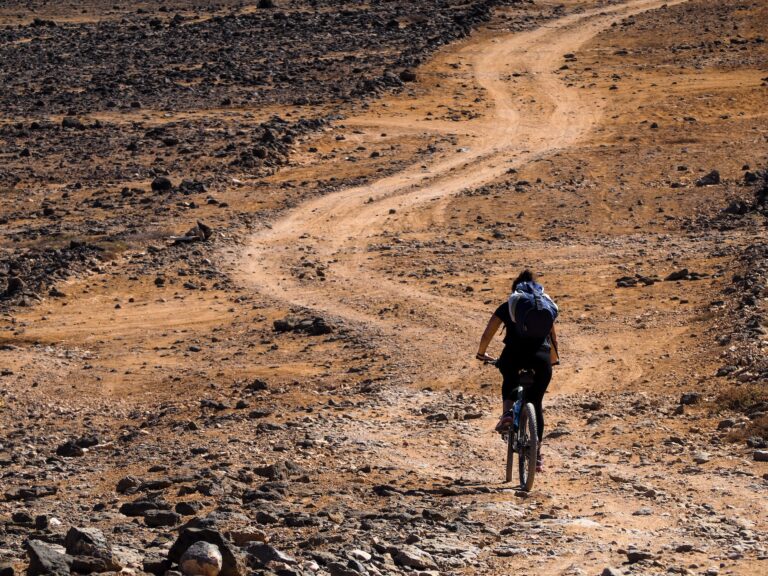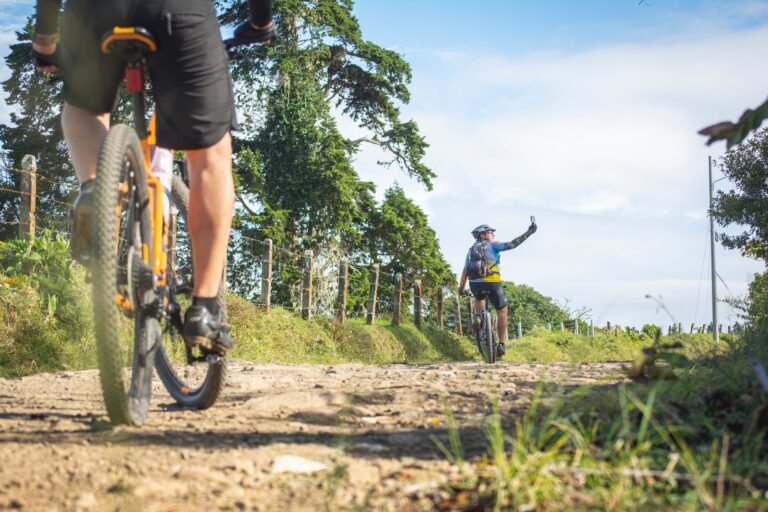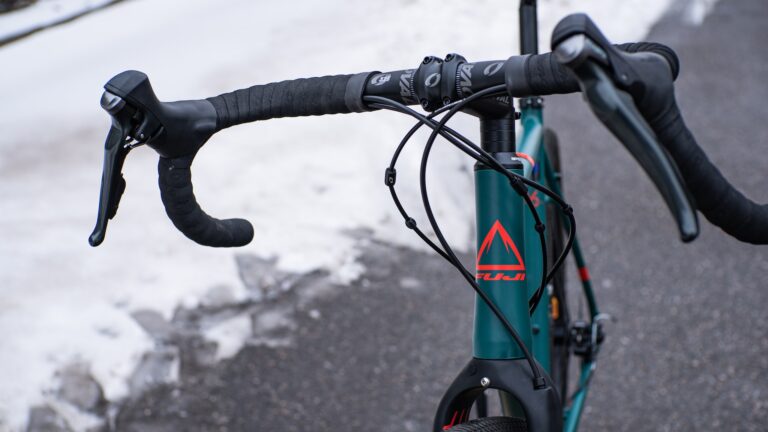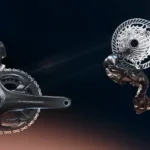Gravel bikes have different characteristics than road bikes. Their wheelbase is longer, they have a slacker head tube angle and shorter fork offsets, and they are generally lighter. However, there are some important differences between the two types of bikes that you should be aware of before buying either type. Listed below are some of the key differences between the two types of bikes. Read on to find out more about these differences and learn how to decide which one is right for you!
They have a slacker head tube angle
Gravel bikes are shorter and have a lower head tube angle than road bikes. They are often made with 650b wheels, which allows for a wider, higher volume tyre. Some gravel bikes are made with a slacker head tube angle than others, to allow for a rowdier ride. Gravel bikes also have shorter stems and wider drop handlebars than road bikes. This provides riders with more leverage and control over big front wheel deflection.
Gravel bikes have a slack head tube angle, which helps to improve stability on bumpy terrain. Gravel bikes tend to have a slacker head tube angle than road bikes, because they’re designed to be more stable on rough terrain. However, some gravel bikes are made with steeper angles, to give them a more competitive feel.
They have shorter fork offsets
Gravel bikes are often smaller than road bikes, but they are still quite capable of handling long distances. Typically, gravel bikes have shorter fork offsets, which helps to keep them stable over rough surfaces. However, these bikes don’t have the same features as road bikes, like longer wheelbases and straight seat-tubes.
The forks of gravel bikes are shorter, and they also tend to have lower tire clearances. Some manufacturers are now making bikes with gravel suspension forks. This technology is new, and the demand for it is unknown. In fact, gravel suspension forks weren’t even on the designers’ radar when most gravel bikes were being developed. Because of this, manufacturers typically designed frames around the shortest fork offsets possible – just long enough to clear the tire. This design is most efficient in terms of weight and space considerations.
They are lighter
Gravel bikes are designed for low speeds and rough terrain. They have a lower weight and less bulk than road bikes. However, they can be more difficult to ride due to their larger tire size. In addition, gravel bikes are not as aerodynamic as road bikes. For this reason, gravel bikes need to be stable and responsive. This is accomplished with a well-coordinated mix of geometry, weight distribution, and riding position.
Gravel bikes are a great choice for cyclists who want a versatile bike for multiple cycling pursuits. Despite their weight, they are lighter than road bikes, and have the same components as mountain bikes. These bikes have a wide range of gears and tires for traction on rough terrain. They are also comfortable, and can carry extra luggage. This makes them ideal for light touring adventures and longer commutes.
They are more stable
Gravel bikes have a frame that’s specially designed for rough terrain. They’re built with low trail heights and long top tubes, creating a stable platform for riding. A short stem makes it easier to turn the handlebars. This provides better stability on loose terrain and makes them faster. Longer stems give you more power for steep descents. A shorter stem makes it easier to turn the handlebars, but that can create a speed imbalance.
Gravel bikes also have smaller, single-chainring cranksets. These offer the same range as double-chainset bikes, but with a greater jump between gears. They also have a clutched rear derailleur to keep the chain in place and running smoothly. Gravel bikes also feature mounts for luggage and accessories. They’re a great option for winter riding.
They are easier to handle
Gravel bikes have longer and slacker geometry than regular bikes. Gravel bikes also usually have more mounting options for luggage. These features make gravel bikes easier to handle and more comfortable to ride. Disc brakes also provide adequate braking for technical terrain and add minimal weight to the bike.
Gravel bikes are also easier to handle because they have suspension, which reduces the impact on the body and helps control the wheels. Suspension also increases traction, which means you can maintain the desired line. The Unno, for example, has a 100 mm Cannondale Lefty front wheel.
